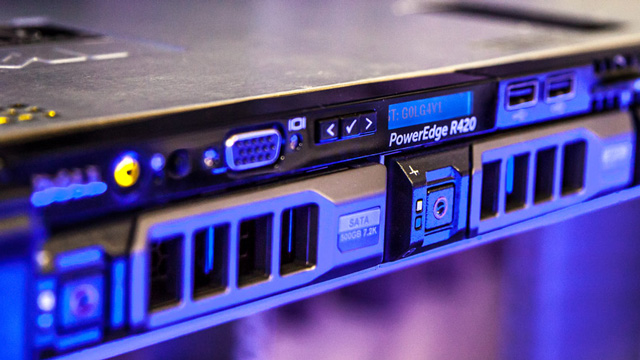
The second week of the CompTIA+ package covers operating systems/software that runs on the hardware devices covered in week one. Versions of Microsoft Windows are the main focus, although time will be spent covering alternative platforms such as Ubuntu, Apple IOS, and Android, since the vast majority of corporate networks will no doubt have at least a few computers, phones, or tablets running non-Microsoft operating systems.
Inquiries & Bookings
Although students can take this class with no prior computer experience, course 220-801, CompTIA A+, Hardware, is recommended first, as it will make comprehension of how software works with different physical devices much easier. All recent versions of Windows OS will be covered in detail, including, of course, the myriad of problems that arise for system administrators when working with Microsoft operating systems.
Labs during this week give students the opportunity to configure different versions of Windows from the ground up and learn the best configurations specific to their particular environment.